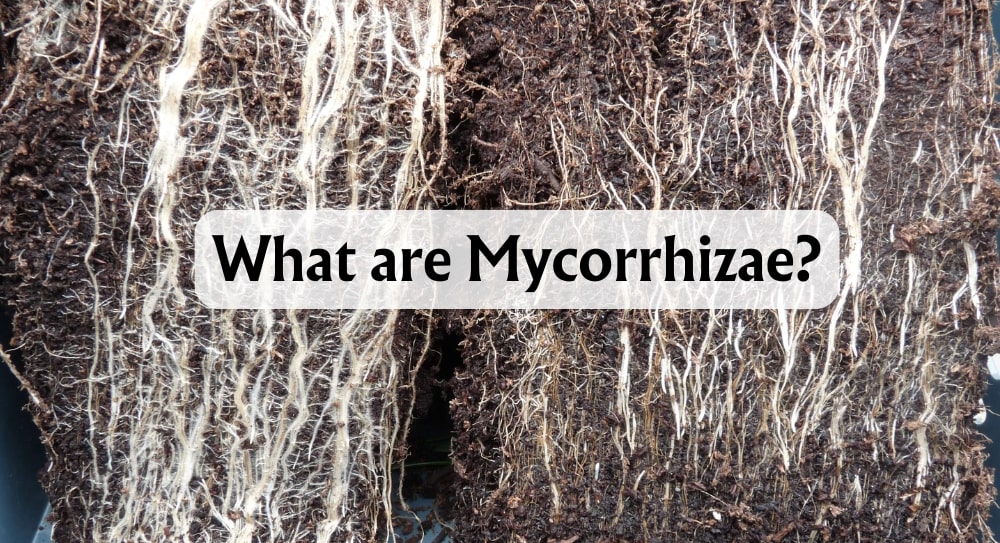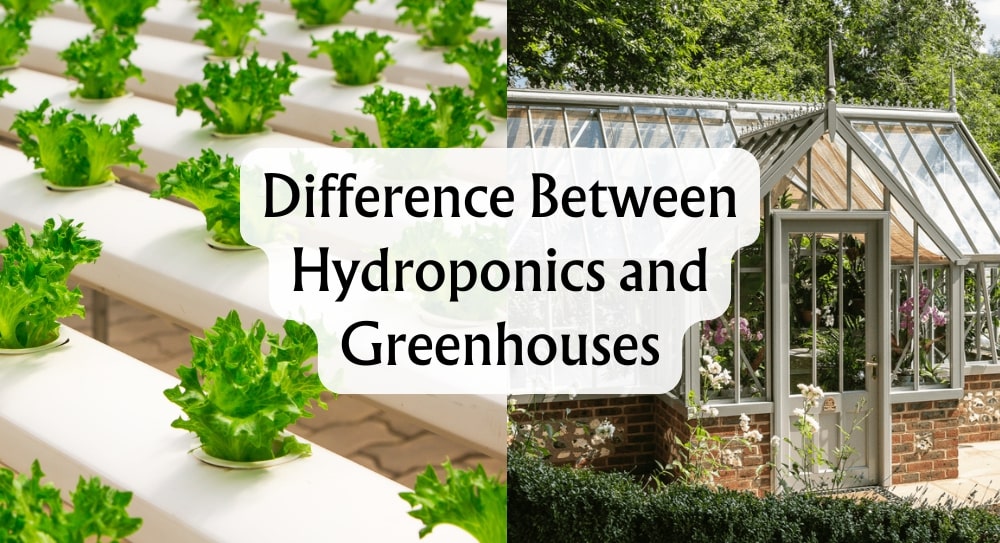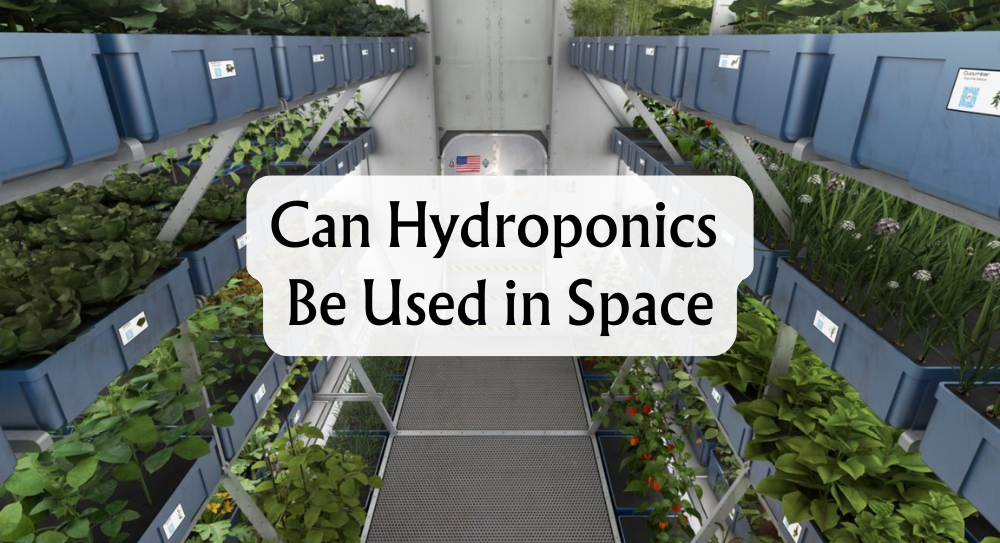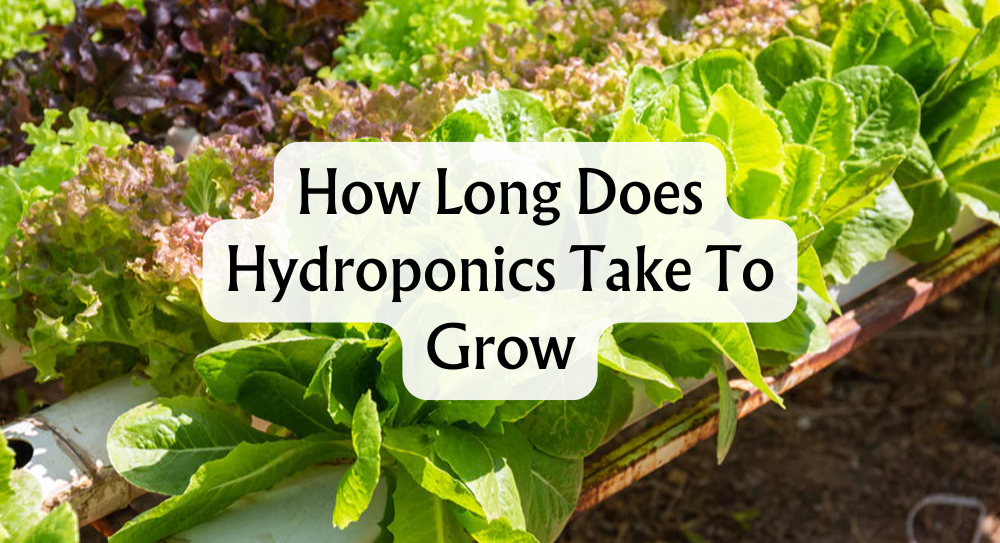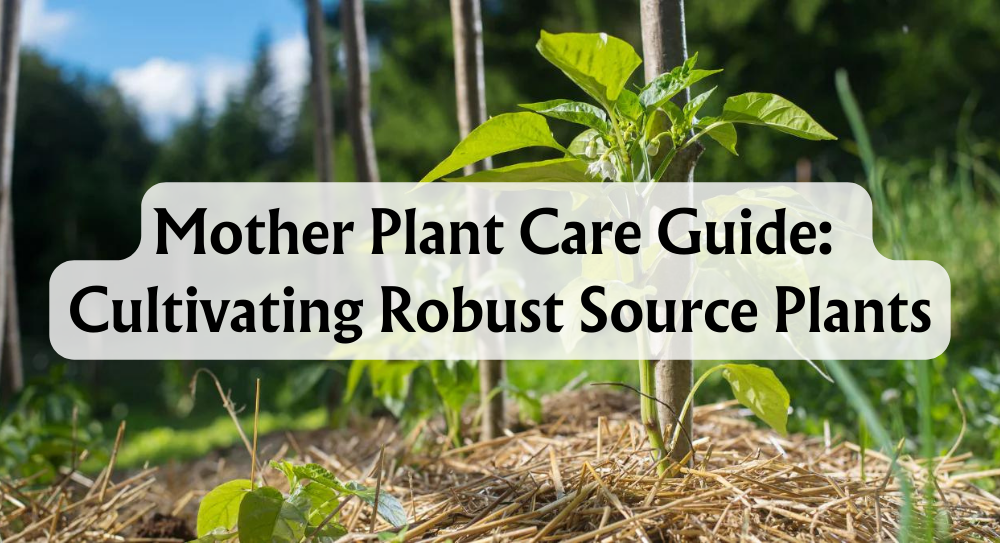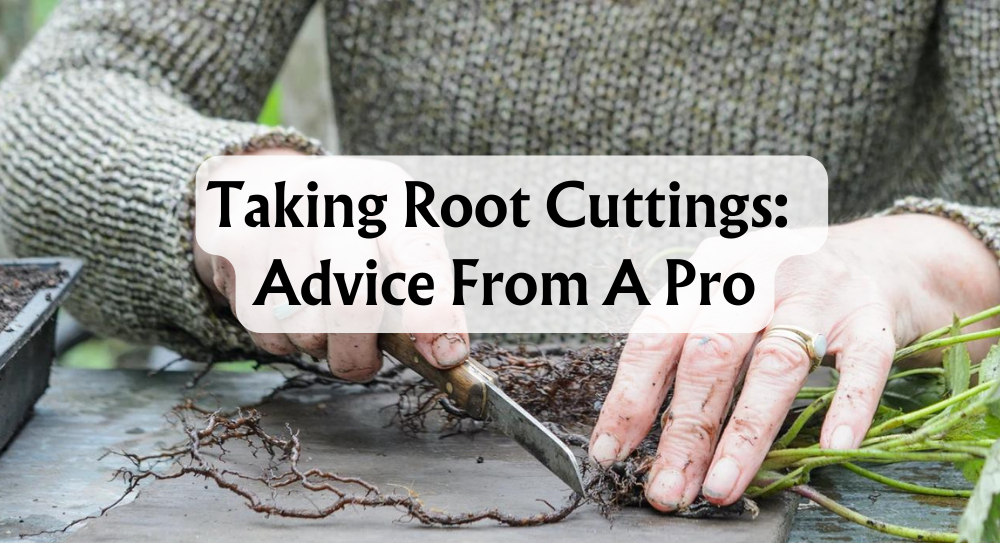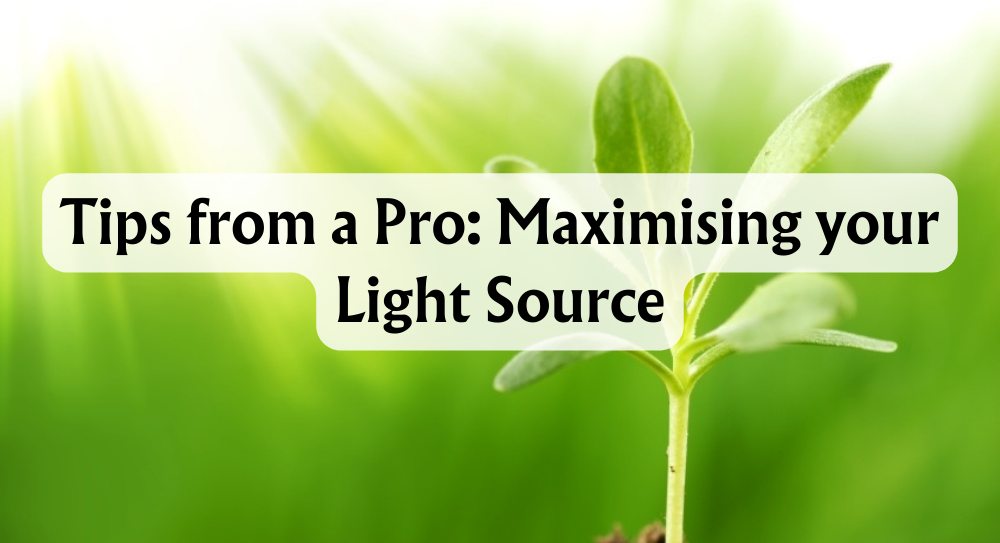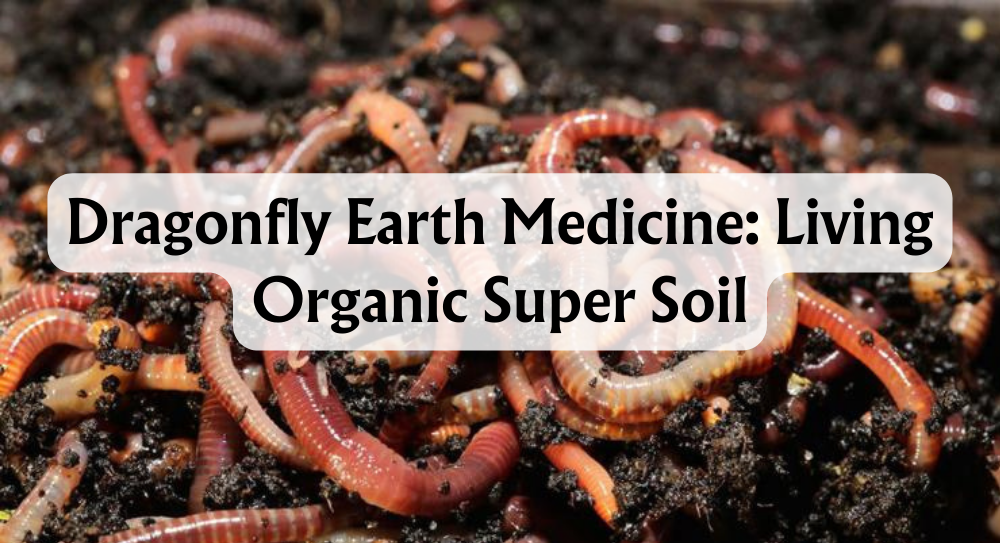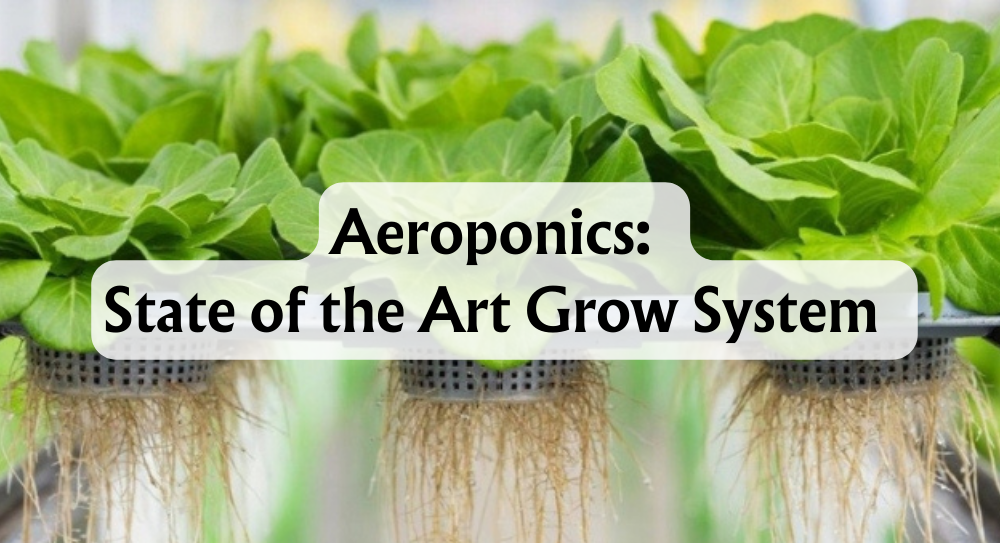Mycorrhizae are fascinating partnerships between plant roots and fungi, creating a network that links plants to vital resources. These symbiotic relationships enhance nutrient uptake, crucial for plant growth and ecological balance. By extending the root system, mycorrhizal fungi enhance access to water and essential nutrients, strengthening the plant's resilience against environmental stresses.
The role of these fungi extends beyond just aiding individual plants. They contribute significantly to soil structure and health, truly serving as the backbone of thriving ecosystems. In agriculture and forestry, understanding these interactions can lead to improved productivity and sustainability.
As we delve into the intricate world of mycorrhizae, let’s explore how they establish themselves in various environments and their crucial roles in enhancing soil and plant health. By maintaining healthy mycorrhizal networks, we embrace nature’s way of boosting plant growth and ensuring ecosystem productivity.
Key Takeaways
- Mycorrhizae are symbiotic relationships between fungi and plant roots.
- They enhance nutrient uptake and improve soil health.
- Their presence boosts productivity in agriculture and forestry.
What Are Mycorrhizae?
Mycorrhizae, meaning "fungus-root," are fascinating entities where fungi form symbiotic associations with plant roots. These relationships significantly enhance plant nutrient uptake, contribute to soil health, and demonstrate evolutionary importance in land plant colonisation.
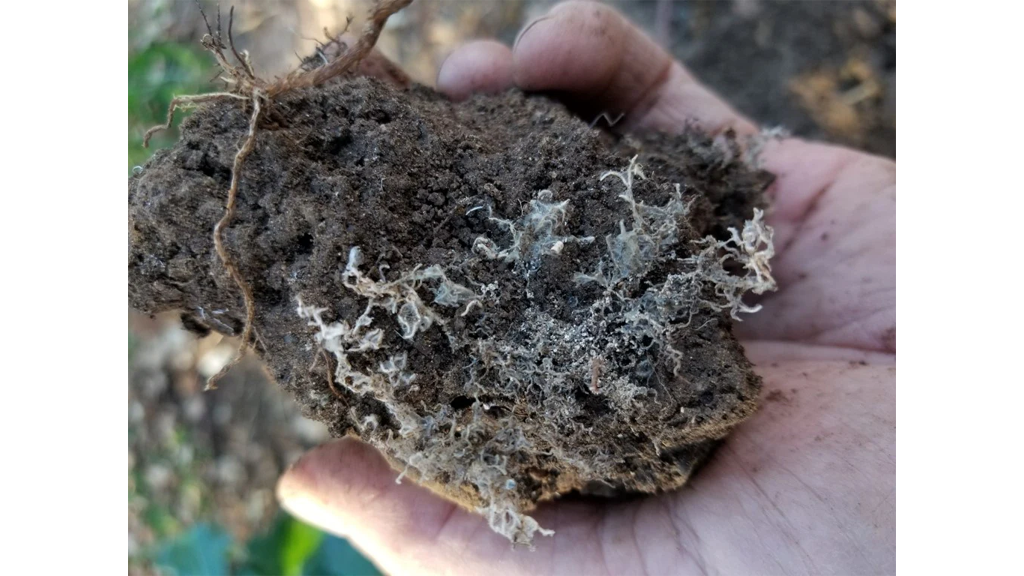
What Do They Do?
Mycorrhizae offer numerous benefits to both fungi and plants. The fungi facilitate nutrient uptake, effectively extending the plant root system through their hyphae. This enhances the absorption of vital nutrients like phosphorus and nitrogen. They also improve water uptake, increasing drought resistance. Moreover, mycorrhizae contribute to soil structure by aggregating soil particles, mitigating erosion.
These associations form a protective barrier against soil-borne diseases, providing plants with vital defence mechanisms.
What Do They Look Like?
Visually, mycorrhizal fungi can be observed both within and outside plant roots. Arbuscular mycorrhizae showcase structures like arbuscules and vesicles, visible under a microscope. Root staining techniques help highlight these internal formations.
In contrast, ectomycorrhizae can be seen as visible fungal sheaths enveloping root tips. This type often includes mushrooms or fungal fruiting bodies appearing near associated trees, providing observable cues of mycorrhizal presence.
Can Any Fungus Form Mycorrhizae?
Not all fungi possess the capability to form mycorrhizal associations. Specific fungi associate with distinct plant hosts, while others maintain broader associations. Arbuscular mycorrhizae, from the phylum Glomeromycota, predominantly interact with vascular plants.
Conversely, ectomycorrhizae primarily associate with trees like pines and oaks. Factors such as environmental conditions and chemical signalling between plant and fungus play crucial roles in the compatibility and formation of these beneficial symbiotic relationships. Some fungi exhibit strict host specificity, while others are more versatile, forming associations with various plants.
How Do Mycorrhizae Get Into A Site?
Mycorrhizae have various natural and human-facilitated pathways to colonise a site. One of the primary natural methods involves spore dispersal. These microscopic spores can be carried by wind, transported through water currents, or even attached to animals that interact with the environment.
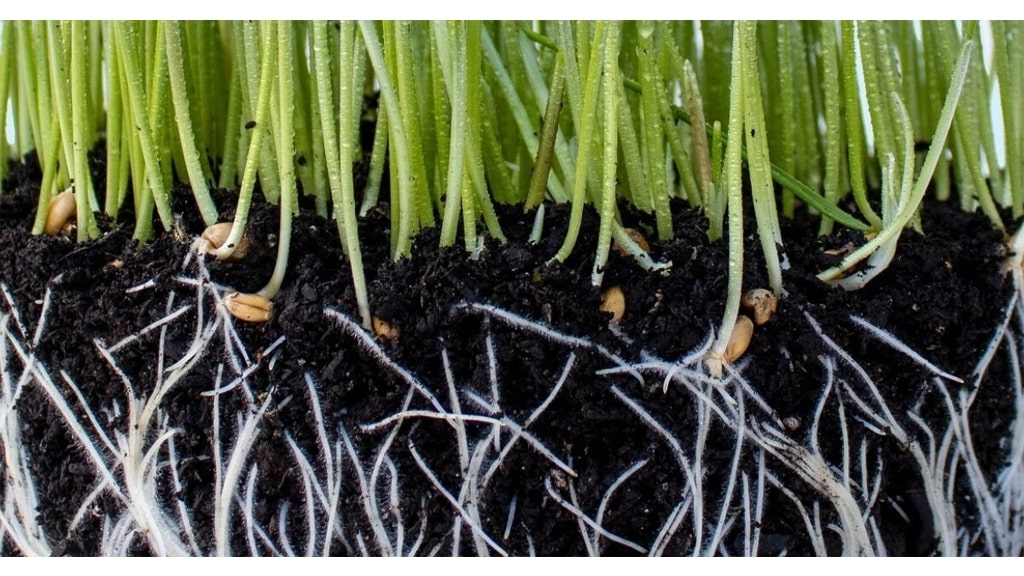
In terms of natural dispersal, let's consider water as a key player. Water not only aids in the physical transportation of spores but also provides a favourable environment for their germination and growth.
Plant roots in particular play a crucial role in the establishment of mycorrhizal fungi. When the roots come into contact with spores present in the soil, a symbiotic relationship can develop, enhancing the plant’s nutrient and water uptake efficiency.
Human intervention has become increasingly significant, especially in agriculture and land reclamation efforts. We often utilise inoculation techniques to introduce mycorrhizae into new areas.
Inoculation involves adding mycorrhizal inoculants to soils or directly onto seeds and seedlings. These inoculants are particularly useful in reforestation projects where establishing healthy root systems is essential for plant growth.
Moreover, in horticulture and agriculture, fertilisers enriched with mycorrhizal spores serve as a deliberate method of introducing these beneficial fungi. Such practices not only boost plant health but also reduce the need for chemical fertilisers, fostering a more sustainable approach to cultivation.
Through both natural and human-facilitated means, mycorrhizae continue to be essential allies in the nurturing of vibrant ecosystems and productive agricultural landscapes.
Maintaining Mycorrhizae
When it comes to supporting mycorrhizae, soil management practices are vital. By minimising soil disturbance, we protect the intricate fungal networks, which are essential for plant health. Excessive fertiliser can hinder the formation of these beneficial connections, so it's crucial we use them sparingly.
Incorporating a variety of plant species encourages a diverse community of mycorrhizal fungi. By doing so, we help different types of mycorrhizae, like those from the Glomeromycota, Basidiomycota, and Ascomycota, thrive. These different fungal types create structures like arbuscules and vesicles, which enhance nutrient exchange with plants.
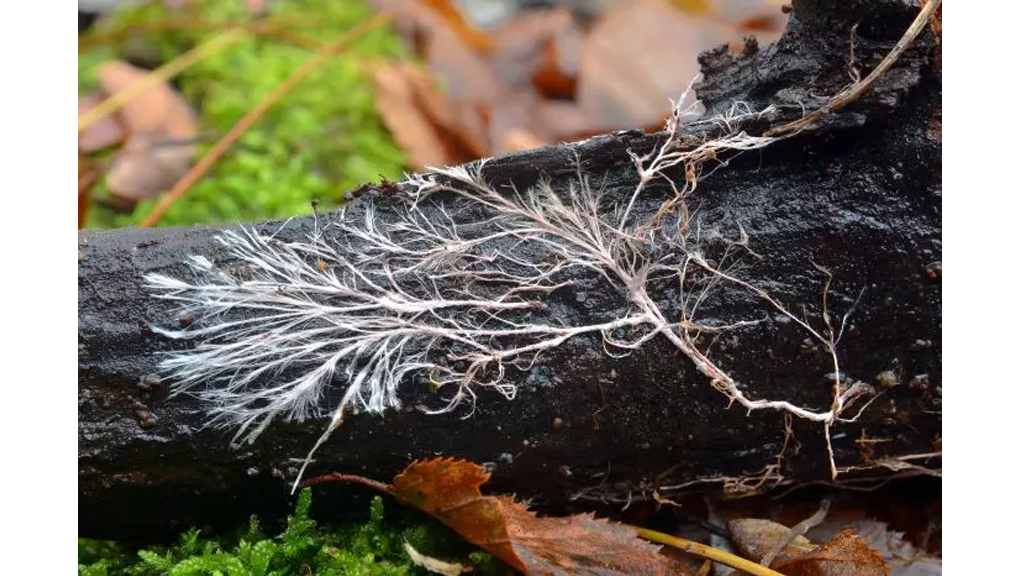
Adding organic matter, such as compost and mulch, supplies necessary substrates for fungal growth. This practice can improve soil chemistry and structure, promoting the development of hyphae and mycelium. Laccaria bicolor is an example of a mycorrhizal fungus that benefits from such organic additions.
To maintain mycorrhizae, it's also beneficial to understand the mycorrhizal types and their roles. Ectomycorrhizae often form a hartig net around tree roots and are associated with Basidiomycota and Ascomycota, while arbuscular mycorrhizae from the Glomeromycota penetrate root cells more directly.
By nurturing these interactions within our gardens or farms, we promote a robust ecosystem. With diverse plant species and careful soil management, we can ensure that mycorrhizal networks remain healthy and efficient.
Conclusion
Mycorrhizae are amazing in their ability to boost plant health. They form symbiotic relationships with plant roots, enhancing nutrient uptake and water absorption. This association not only supports individual plants but also strengthens entire ecosystems.
They also significantly contribute to biodiversity and ecological dynamics. By facilitating better nutrient cycling, they aid in the succession of different plant species. This leads to varied and vibrant plant communities, increasing overall plant diversity.
Their role isn't limited to the wild. In agriculture and gardening, embracing practices that promote these natural partnerships can tremendously boost crop yields. By using mycorrhizal inoculants or fostering conditions conducive to their growth, we can decrease reliance on chemical fertilizers and improve soil health.
Integrating these practices into our gardening and farming routines encourages a more sustainable approach. It benefits not just us, but future generations, by preserving essential natural resources and promoting a healthier planet.
By understanding the key functions of mycorrhizae and supporting their growth, we aid in building resilient ecosystems. Their potential to improve soil structure and plant resilience against environmental stressors is truly exceptional. Let's harness this potential for the betterment of our environment and agriculture.







 Store Locator
Store Locator
